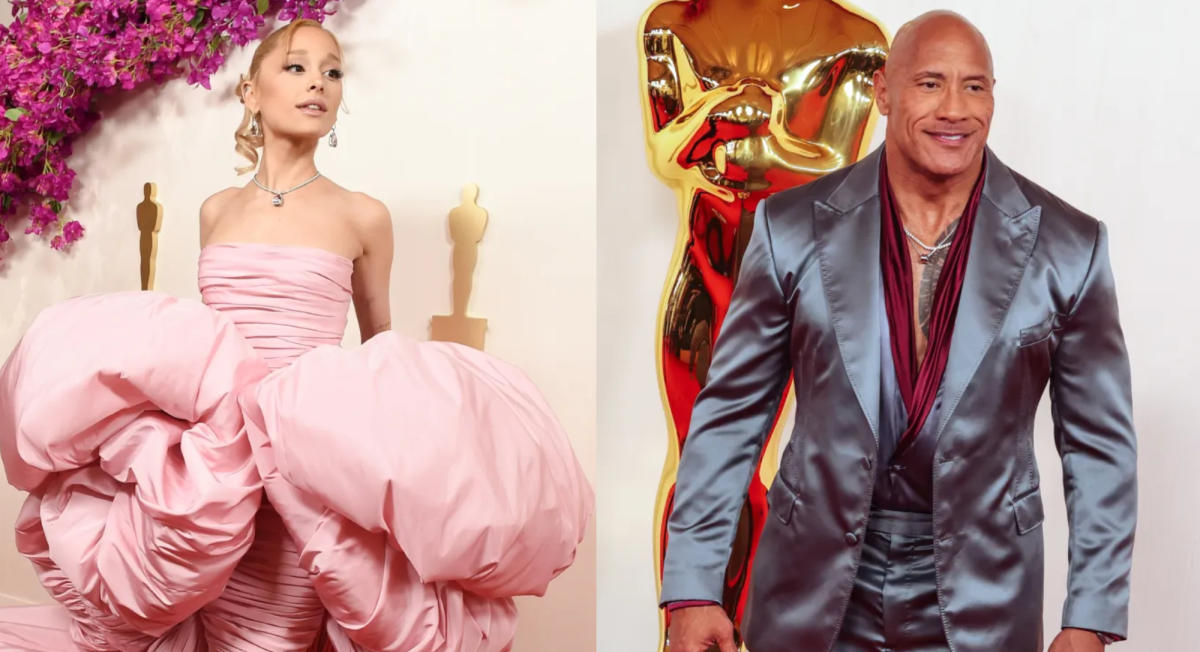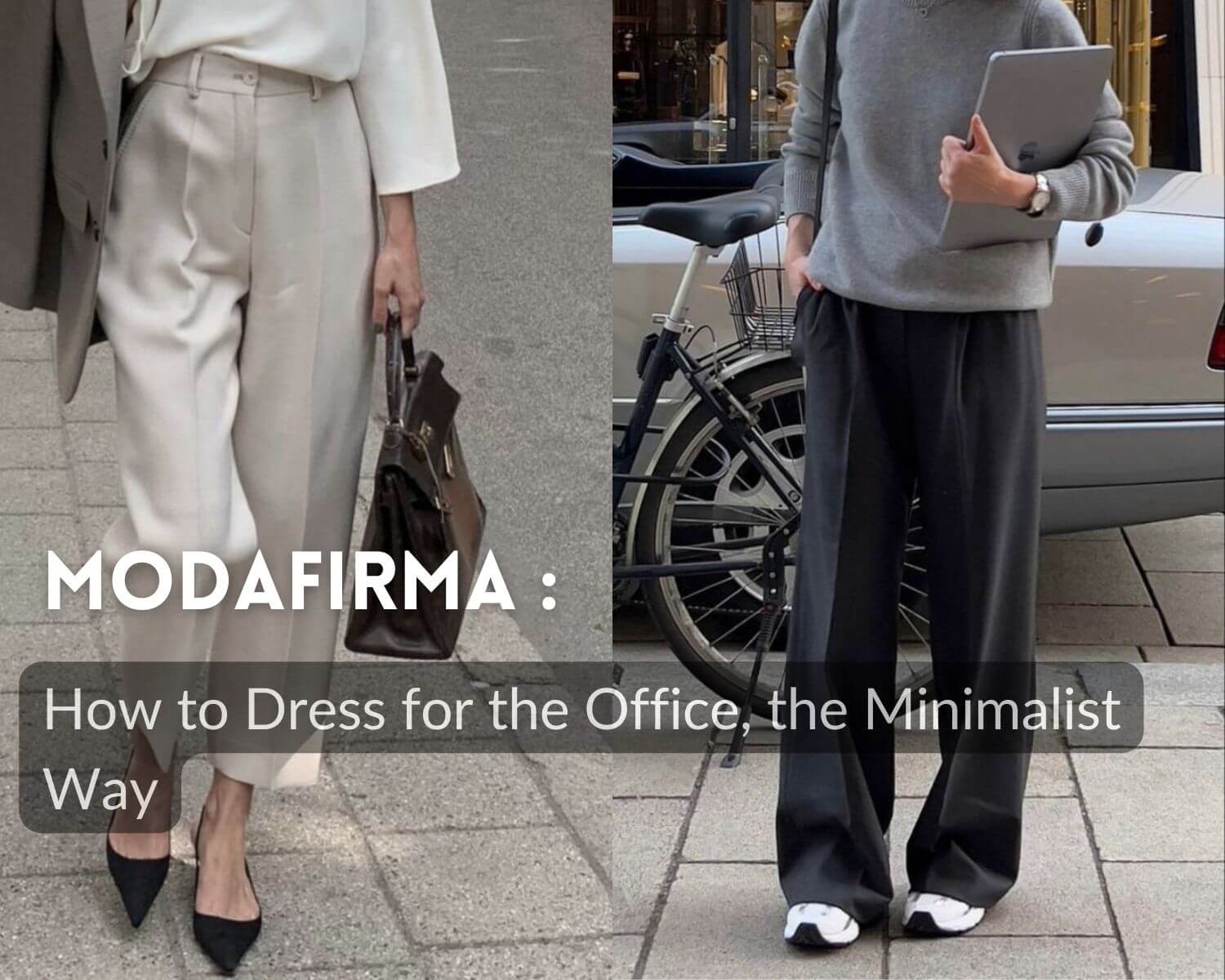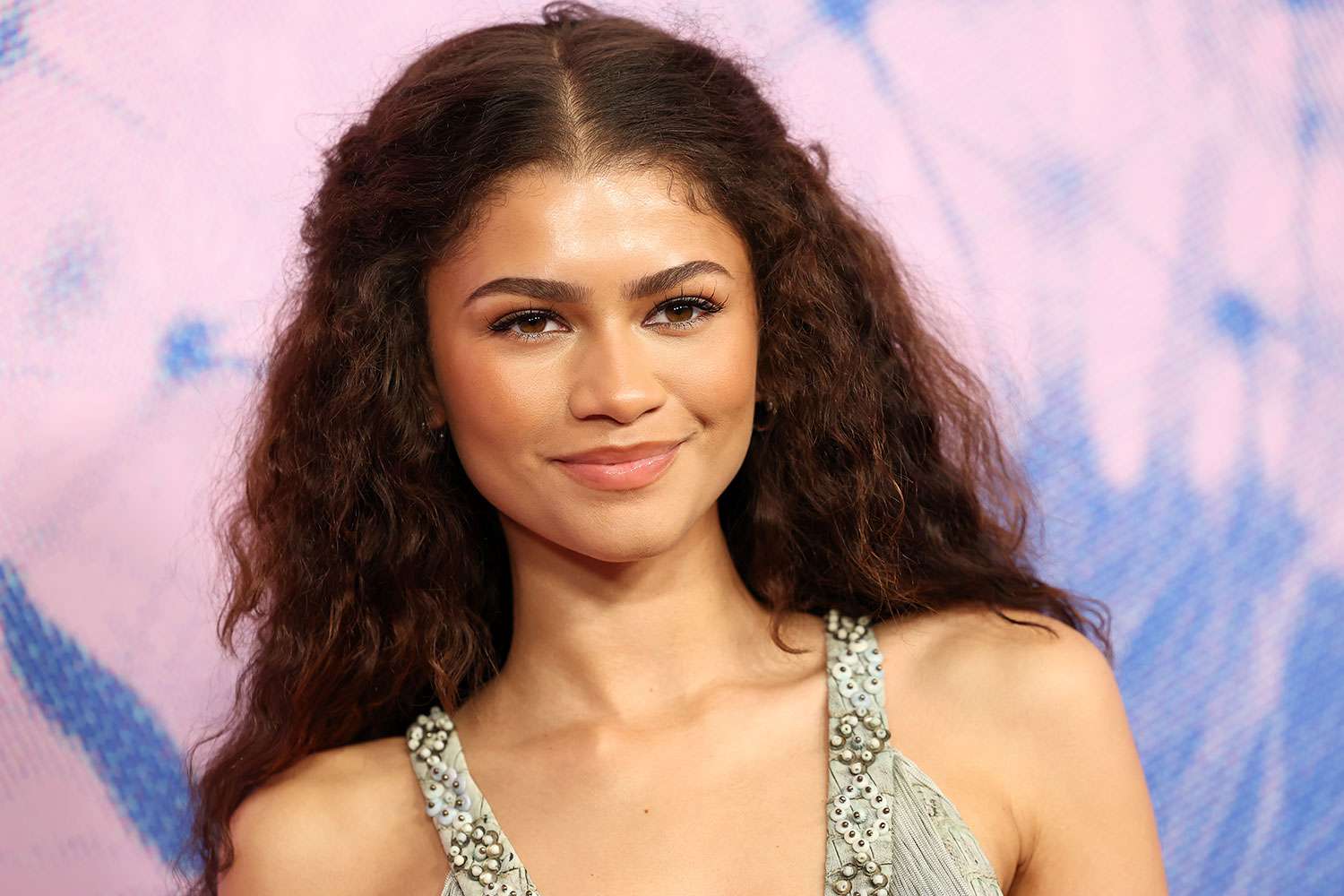Spider-Man: Across the Spider-Verse is chock-full of rule-breaking, boundary-pushing animated sequences that jump around art styles, often combining many of them in the same frame. Of the 1,000 artists and animators that contributed to Across the Spider-Verse, several have taken to social media to share just how much effort goes into every second of the film — and it’s a staggering amount of time and attention to detail.
Much of it was based on refence footage that the animators shot themselves. For an early scene where Miles Morales is late to a meeting with his parents and a school counselor, Daniel Ceballos shared side-by-side footage of the finished sequence and the spliced-together shots he took of himself acting out the conversation between Miles and his parents:
Here’s the run of shots I animated in the councilor’s office, with a hodgepodge of all the versions of ref I took! The amount of time & work these shots took is wild, but I couldn’t be happier to see all the latinos who feel as connected to it as I did 🧵 #AcrossTheSpiderVerse pic.twitter.com/2Lmdq8nVin
— Daniel Ceballos (@DCeballos95) June 7, 2023
This is where the reference is this is where the reference is
Let’s talk about how I used reference to save hours if not days of work for this run of shots on #AcrossTheSpiderVerse pic.twitter.com/C5123Jhfw7
— Jordan Barg (@jordan1mation) June 7, 2023
“I tried a TON of different versions and gestures, just anything I could think of,” Barg tweeted. He then edited together a series of clips until he landed on something that he liked best and landed the phyiscal humor of the scene to work off of.
Similarly, Arran Baker used clips of people falling down and, like, humping a chair as inspiration for a brief moment when Spot is trying to rob an ATM inside a bodega:
This is my first shot in the production. Had so much fun animating this one! The animation on the spot wasn’t fully mine in the end. Some tweaks were made to the final pose to give it variety 😃 Still had fun filming silly ref. #SpiderVerse #SpiderManAcrossTheSpiderVerse pic.twitter.com/row9N9zojZ
— Arran Baker (@Arran_Baker) May 31, 2023
“We really appreciate what you put yourself through to get these amazing shots 😂,” Baker tweeted.
Some of the coolest animation comes from Spider-Verse’s coolest chatacter, Hobie Brown, aka Spider-Punk, whose character design is constantly in motion.
I think this early Spider-Punk test ended up being my main contribution to #AcrossTheSpiderVerse
I was concerned that having him change looks so often would be too disorienting for an entire film, but the directors told me they wanted to do it anyway. pic.twitter.com/YJQ8O4IDi7
— Spencer Wan (@SpencerWan) June 7, 2023
To create that kind of effect, Spencer Wan started with a digitally drawn Spider-Punk, then printed it out, then “rendered it more realistically in pencil, recaptured it by taping an ipad to the side of my desk, blasted it with filters, scribbled on it, etc.,” he tweeted. “The textures are random photos from my apartment. Some of my junk mail is in there.”
Chelsea Gordon-Ratzlaff, a supervising animator on the film, also shared their guidelines for Hobie:
these were our rules for hobie!
– body on 3s
– offset the vest (also on 3s but delayed by a frame or two)
– guitar on 4s
– outline on 2s (only when he’s moving, should remain static when he’s held still)
– cutout around the guitarof course we broke these rules when needed 🤘 https://t.co/y3HqFIlJMF
— Chels (@cgratzlaff) June 5, 2023
Speaking with Discussing Film, Justin K. Thompson, one of the movie’s three directors, shared that the process for nailing down Hobie’s style alone took two to three years, “and we really only came together like right at the end.”
The character design for Spider-Man 2099, aka Miguel O’Hara, also took significant effort and passed through many hands to get it just right. Character and costume designer Kris Anka shared early sketches for the character, for whom he was “asked to do an entirely fresh take on the character, making sure he felt aggressive and bold, a different body build from the other spiders too,” he tweeted.
The next pass:
Trying to figure out how far to push his build. The suit shifted back to more of the blue, and trying to make sure a spider is read in his logo.The Miles sculpt was done by the amazing Omar Smith. pic.twitter.com/lx7fUEItaa
— kris anka (@kristaferanka) June 6, 2023
One of the most incredible and inspiring stories about the animation is in the Spider-Lego sequence done by 14-year-old Preston Mutanga, who lives in Toronto and recreated the Across the Spider-Verse trailer in Lego figures.
I recreated the entire second Spider-Man: Across the Spider-Verse trailer in LEGO! ( 🧵)@philiplord @chrizmillr @LEGO_Group @SpiderVerse #AcrossTheSpiderVerse #Blender pic.twitter.com/IlWfuEpp3Q
— LegoMe_TheOG (@FG_Artist) May 24, 2023
His fan trailer caught the attention of Spider-Verse’s writer-producers Christopher Miller and Phil Lord, who also directed The Lego Movie. “It blew us all away, including some of the best animators in the world,” Miller told The New York Times. For the movie’s (quite funny) Lego sequence, they ended up tapping Mutanga, who chipped away at the scene over several weeks during his spring break and after school.
In its first weekend on June 2, Spider-Man: Across the Spider-Verse debuted at the top of the box office, raking in $120.5 million domestically — triple what Into the Spider-Verse made during the same timeframe in 2018 — and $208.6 million worldwide, setting a new record for Sony Pictures as its biggest animated opening of all time.







